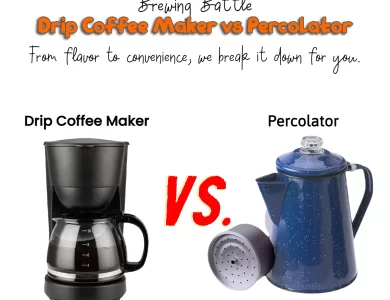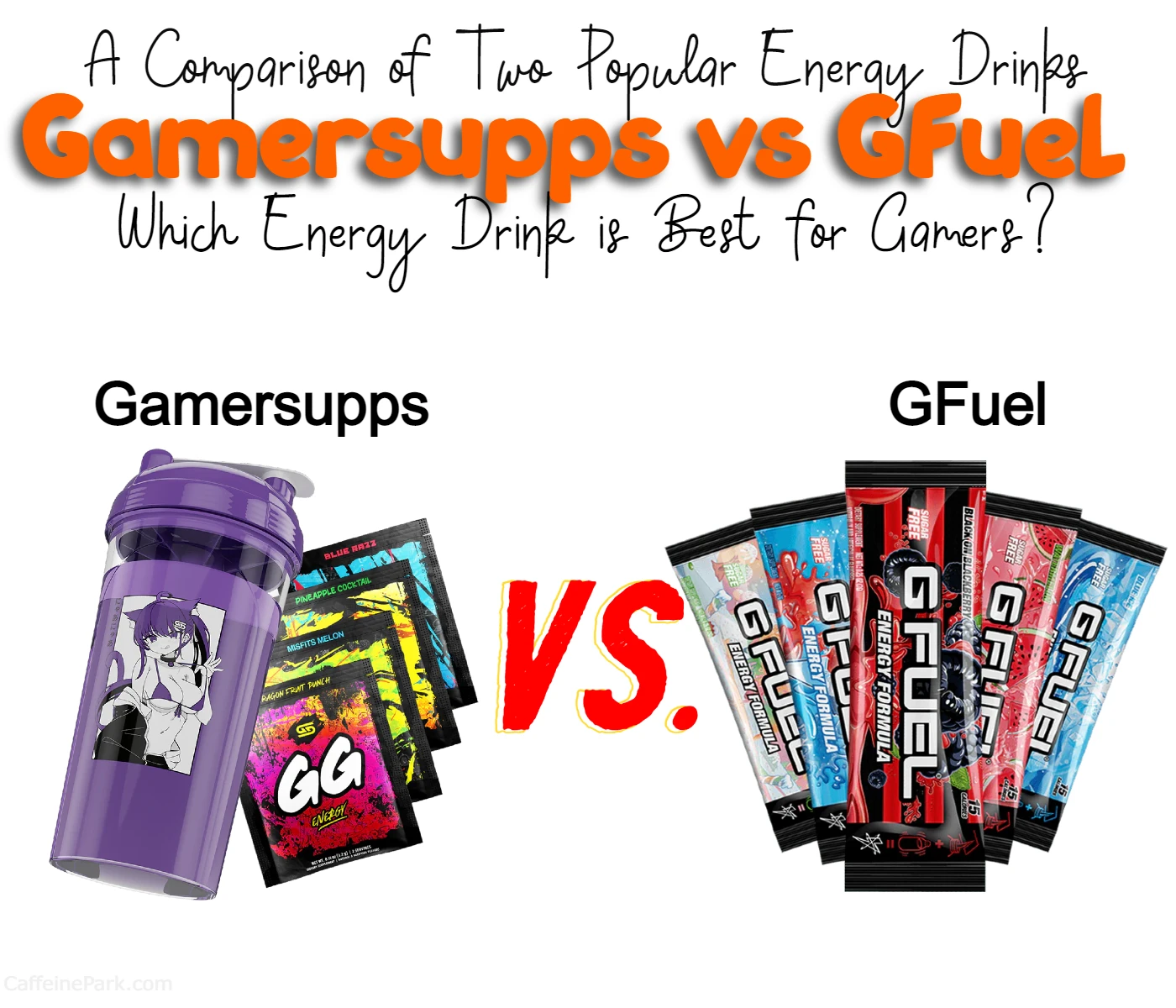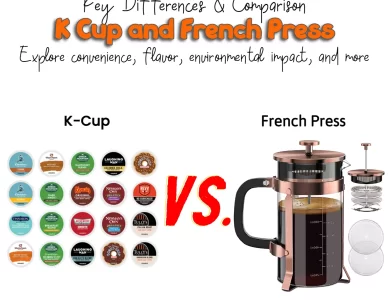Bubble Up vs 7Up

Welcome to the ultimate showdown between two classic citrus sodas: Bubble Up and 7Up! Both of these sodas have been around for generations, and each has its own unique flavor and characteristics. But how do they compare? In this article, we’ll take a deep dive into the differences between Bubble Up and 7Up, so you can make an informed choice about which soda is right for you.
Let’s start with taste. 7Up has a crisp, clean taste with a hint of lemon and lime. It’s a classic flavor that many people grew up with and still enjoy to this day. Bubble Up, on the other hand, has a more authentic citrus taste that some people prefer. It’s made with real lemon juice and has a slightly sweeter taste than 7Up. So, if you’re a fan of classic lemon-lime soda, 7Up might be the way to go. But if you want a more authentic citrus flavor, Bubble Up might be your new favorite soda.
Here’s a quick chart comparing Bubble Up vs 7Up:
| Bubble Up | 7Up | |
|---|---|---|
| Taste | Authentic citrus flavor with real lemon juice | Classic crisp, clean taste with a hint of lemon and lime |
| Packaging | Glass bottles (usually) | Cans and plastic bottles |
| Popularity | More niche, primarily sold in certain regions of the United States | The widely available and well-known brand sold in many countries |
| Health considerations | Neither is particularly healthy, but Bubble Up has slightly less sugar and is made with real lemon juice | Both contain sugar and artificial flavors |
| Price | The similar price range may vary by region | The similar price range may vary by region |
Overall, both Bubble Up and 7Up have their own unique characteristics and flavor profiles. It’s ultimately up to personal preference which one you prefer, but hopefully, this chart and article have helped you make an informed choice.
Difference between 7Up and Bubble Up
History
One major difference between these two sodas is their history. 7Up has been around since 1929 and was originally created by Charles Grigg. It was initially called “Bib-Label Lithiated Lemon-Lime Soda” and was marketed as a hangover cure. Over time, the name was changed to 7Up and the formula was tweaked to appeal to a wider audience.
Bubble Up, on the other hand, was first introduced in 1919 by Sweet Valley Products Co. in California. It was one of the first lemon-lime sodas to hit the market and quickly gained popularity in the western United States. The name “Bubble Up” comes from the carbonation bubbles that rise to the top of the drink.
Ingredients
When it comes to ingredients, both 7Up and Bubble Up have a lot in common. Both sodas are made with carbonated water, high fructose corn syrup, citric acid, natural and artificial flavors, and sodium benzoate (a preservative). They both also contain the same amount of calories and sugar per serving.
The main difference in ingredients between these two sodas is that Bubble Up contains real lemon and lime juices, while 7Up does not. This gives Bubble Up a slightly more authentic citrus flavor. Additionally, Bubble Up contains caffeine, while 7Up is caffeine-free. If you’re looking for a soda to give you a little energy boost, Bubble Up might be the way to go.
Taste
Of course, the most important thing when it comes to soda is how it tastes. As mentioned earlier, both 7Up and Bubble Up have a lemon-lime flavor. However, they do taste slightly different from each other.
7Up has a crisp, clean taste that is very refreshing. It has a slightly sweet, slightly sour flavor that makes it a great thirst quencher. It’s also very versatile and can be used as a mixer in cocktails.
Bubble Up, on the other hand, has a more complex flavor profile. The addition of real lemon and lime juices gives it a slightly tart, slightly sweet taste that is more true to the fruit flavors. It also has a slightly more pronounced carbonation, which some people might prefer.
Availability
One thing to keep in mind when choosing between 7Up and Bubble Up is availability. 7Up is a very popular soda that is widely available in grocery stores and convenience stores across the United States. It’s also available in other countries around the world.
Bubble Up, on the other hand, is a bit harder to find. It’s primarily sold in the western United States and may not be available in all grocery stores. However, you can often find it in specialty stores or online.
Brand Recognition
Finally, it’s worth noting that 7Up is a much more well-known brand than Bubble Up. 7Up has been around for over 90 years and has built up a strong reputation as a reliable and refreshing soda. It’s also had many successful marketing campaigns over the years, including the iconic “Uncola” ads from the 1970s.
Bubble Up, on the other hand, is a much smaller and less well-known brand. While it has a loyal following, it hasn’t had the same level of mainstream success as 7Up.
Price
When it comes to price, both 7Up and Bubble Up are similarly priced. They both fall into the average range for soda prices and are generally affordable for most people. However, prices can vary depending on location and store.
Packaging
Another difference between 7Up and Bubble Up is their packaging. 7Up is most commonly sold in cans and plastic bottles. It also comes in a variety of sizes, from small cans to large two-liter bottles. In recent years, 7Up has also introduced a line of flavored sodas, such as 7Up Cherry and 7Up Lime.
Bubble Up, on the other hand, is most commonly sold in glass bottles. This gives it a slightly different feel and can make it feel more like a specialty soda. It also comes in a variety of sizes, from small single-serving bottles to larger glass bottles that are perfect for sharing.
Popularity
While 7Up is definitely the more popular of the two sodas, both 7Up and Bubble Up have their dedicated fan bases. Some people prefer the classic taste of 7Up, while others appreciate the more authentic citrus flavor of Bubble Up. It really comes down to personal preference.
Health Considerations
When it comes to health considerations, both 7Up and Bubble Up are sugary drinks that should be consumed in moderation. They both contain a significant amount of sugar and calories, which can contribute to weight gain and other health problems if consumed in excess.
It’s also worth noting that Bubble Up contains caffeine, which can be a concern for some people. While caffeine can give you a boost of energy, it can also lead to jitters, insomnia, and other negative side effects.
If you’re trying to cut down on sugar or calories, you might want to consider choosing a diet soda instead. Both 7Up and Bubble Up offer diet versions of their sodas, which are sugar-free and contain zero calories. However, these diet sodas do contain artificial sweeteners, which can have their own set of health concerns.
Conclusion
So there you have it, the difference between 7Up and Bubble Up! While these two sodas have a lot in common, there are some key differences to consider when choosing between them. 7Up is a classic soda with a crisp, refreshing taste that is widely available and well-known. Bubble Up, on the other hand, has a more authentic citrus flavor, and caffeine, and is a bit harder to find.
Ultimately, the choice between 7Up and Bubble Up comes down to personal preference. Both sodas are tasty and refreshing and are great for quenching your thirst on a hot day. So why not try them both and see which one you like best?
Alternative to Bubble Up and 7Up
If you’re looking for an alternative to Bubble Up and 7Up, there are many other citrus-flavored sodas available on the market. Here are a few options to consider:
- Sprite: Sprite is another lemon-lime soda that’s similar in taste to 7Up. It’s widely available and often a bit more affordable than 7Up.
- Sierra Mist: Sierra Mist is a lemon-lime soda made by PepsiCo, and it’s often compared to 7Up and Sprite. It has a slightly sweeter taste than 7Up and a more subtle lemon-lime flavor than Sprite.
- Squirt: Squirt is a grapefruit-flavored soda that’s similar in taste to Bubble Up. It’s a bit tangier and less sweet than other citrus sodas, but it’s still a refreshing option.
- Fanta Citrus: Fanta Citrus is a carbonated soft drink made with natural lemon and lime flavors. It has a sweeter taste than 7Up and a more pronounced citrus flavor than Sprite.
- Lemonade: If you’re looking for a non-carbonated option, lemonade is a classic choice. You can make it at home with just lemons, water, and sugar, or you can buy it pre-made in a variety of flavors and brands.
No matter which citrus soda you choose, be sure to drink it in moderation, as they all contain sugar and calories.
FAQs
The main difference between Bubble Up and 7Up is the taste. While both sodas have a citrus flavor, Bubble Up has a more authentic citrus taste, thanks to its use of real lemon juice. 7Up, on the other hand, has a classic crisp, clean taste with a hint of lemon and lime.
7Up is generally more popular and widely available than Bubble Up. 7Up is a well-known brand that’s been around since the 1920s, and it’s sold in many countries around the world. Bubble Up, on the other hand, is a more niche soda that’s primarily sold in certain regions of the United States.
Neither Bubble Up nor 7Up is a particularly healthy soda, as they both contain sugar and artificial flavors. However, if you’re looking for a slightly healthier option, Bubble Up might be a better choice, as it’s made with real lemon juice and has slightly less sugar than 7Up.
This is a matter of personal preference, but Bubble Up is typically sold in glass bottles, which can give it a slightly more upscale feel. 7Up, on the other hand, is sold in cans and plastic bottles, which are more convenient for on-the-go consumption. Both sodas come in a variety of sizes, so you can choose the packaging that works best for you.
Both Bubble Up and 7Up can be found in many grocery stores, convenience stores, and gas stations across the United States. However, Bubble Up may be harder to find outside of certain regions, such as the West Coast and the Southern United States.
Read More:





